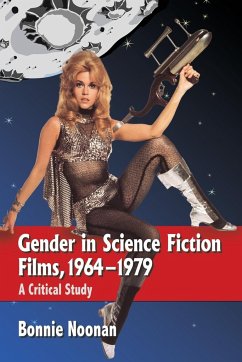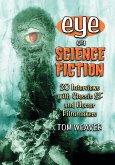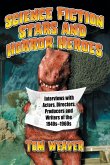The 1950s era of science fiction film effectively ended when space flight became a reality with the first manned orbit of Earth in 1962. As the genre's wildly speculative depictions of science and technology gave way to more reality-based representations, relations between male and female characters reflected the changing political and social climates of the era. Drawing on critical analyses, film reviews and cultural commentaries, this book examines the development of science fiction film and its representations of gender, from the groundbreaking films of 1968--including 2001: A Space Odyssey, Barbarella and Planet of the Apes--through its often overlooked ""Middle Period,"" which includes such films as Colossus: The Forbin Project (1970), The Stepford Wives (1975) and A Boy and His Dog (1975). The author examines intersections of gender and race in The Omega Man (1971) and Frogs (1972), gender and dystopia in Soylent Green (1973) and Logan's Run (1976), and gender and computers in Demon Seed (1977). The big-budget films of the late 1970s--Close Encounters of the Third Kind, Alien and Star Wars--are also discussed.








